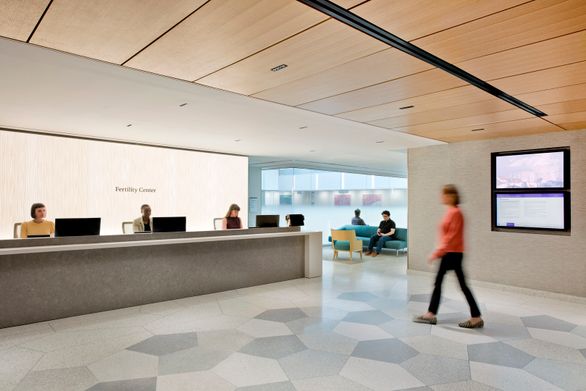Weill Cornell Medicine
A New Paradigm in Patient-Centered Care
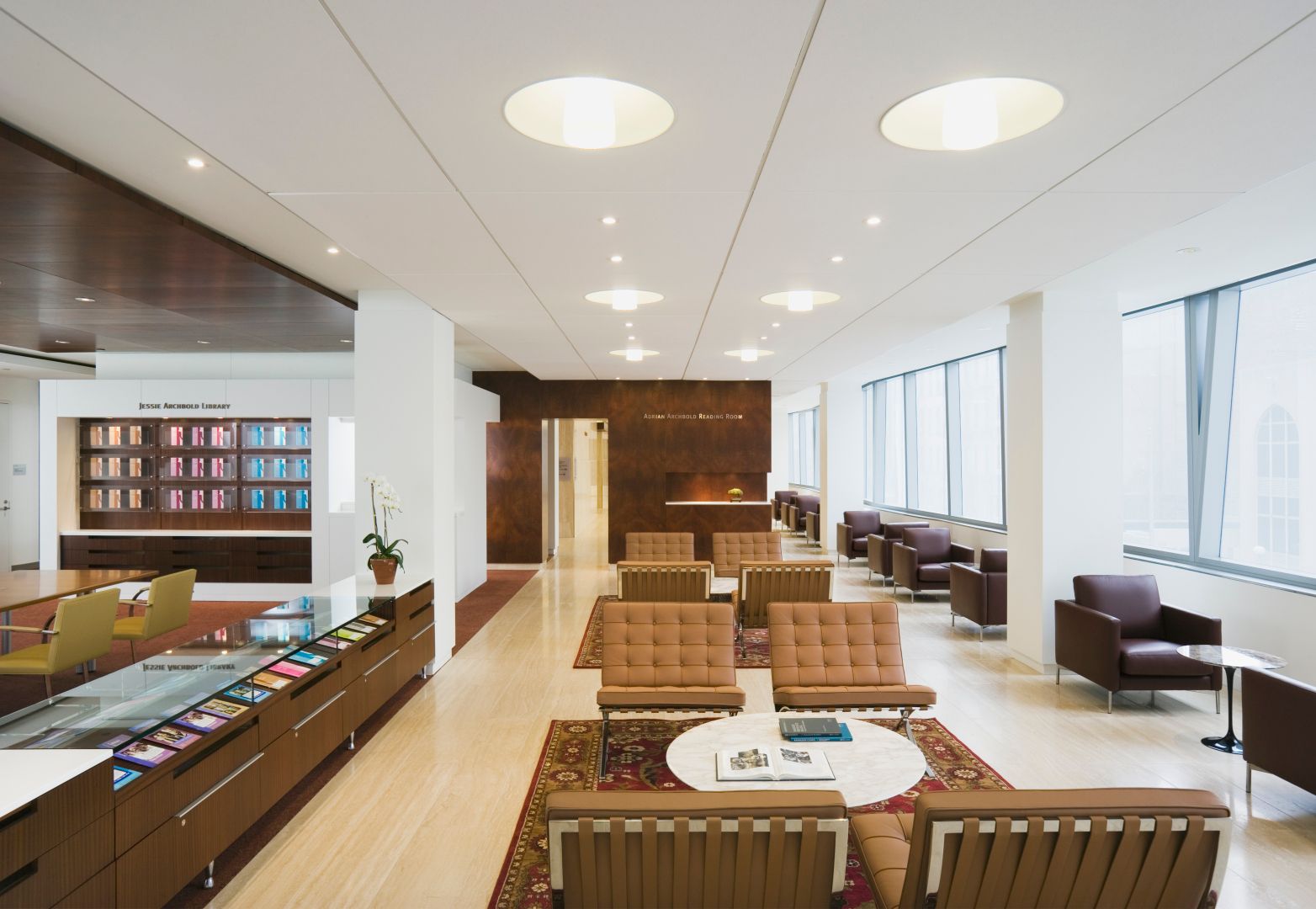
Weill Cornell Medicine
Weill Greenberg Center
The Weill Greenberg Center, the first clinical facility in Weill Cornell Medical College‘s history, established a new paradigm in ambulatory healthcare. Designed by Ballinger and Polshek Partners (now Ennead), the center draws inspiration from the calming atmosphere of a spa, integrating stress-reducing elements such as water features, art installations, and intuitive wayfinding throughout its 15 floors. Located on Manhattan’s Upper East Side, this paradigm-shifting ambulatory care center offers a comprehensive range of services, including cardiology, dermatology, neurology, radiology, and clinical skills education.
key information

Tranquility and Respite in a Bustling City
The building’s translucent glass façade, featuring unique vertical facets, plays with light and reflection, symbolizing openness and accessibility. This design sets the Weill Greenberg Center apart from its brick and neo-Gothic neighbors, presenting an elegant and welcoming face for modern healthcare in Manhattan.

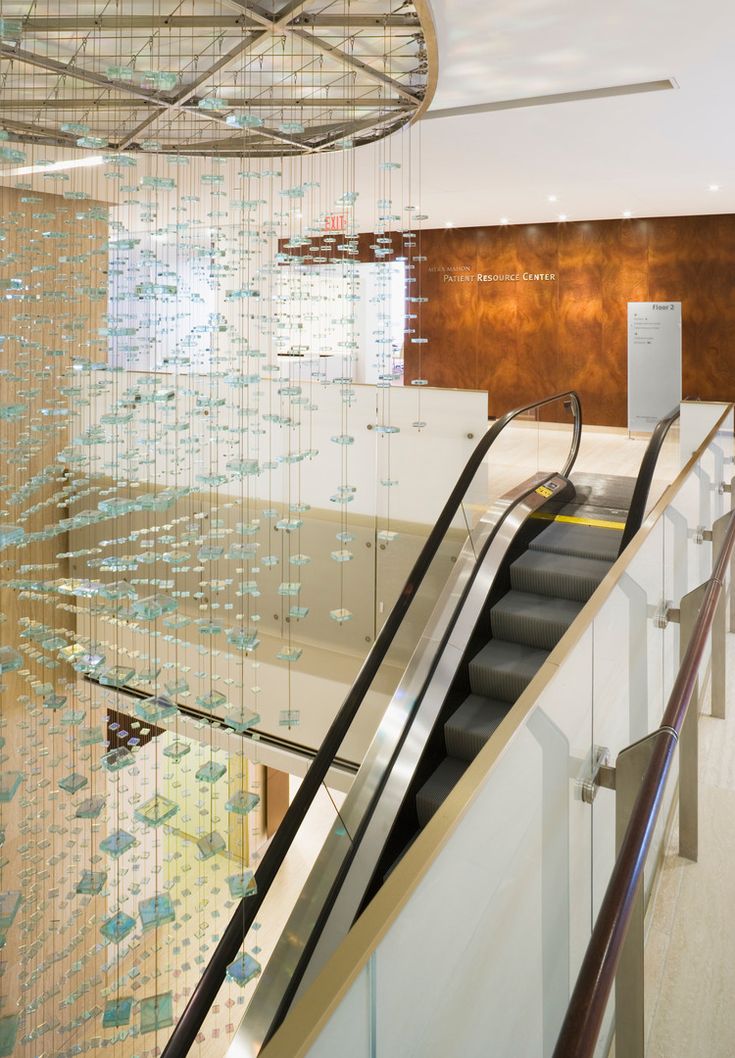
At the core of the project is a vision to leverage the built environment to promote healing. Upon entering the building, patients and visitors pass a 58-foot water feature and a chandelier of more than 1,000 glass pieces as they ride an escalator to the Myra Mahon Patient Resource Center on the second floor. Large windows flood the space with natural light, offering sweeping city views, while the building’s natural materials enhance tranquility. Small details—such as translucent art walls and furnishing clusters — create a sense of comfort and ease for both patients and caregivers.

Consolidating key clinical programs in one location makes it easier for patients to access services and care under one roof. The facility offers several special amenities aimed at reducing anxiety, including the Patient Resource Center, a spacious area for patients and families to regroup between appointments, and access an array of medical information and assistance with billing and insurance questions.
To further reduce patient stress, the reception area on every patient floor is consistently located on the north side of the floorplate. Exam rooms occupy the interior, with caregiver offices on the southern and eastern perimeters. Signage, etched into frosted-glass panels along the corridors, guides patients to the waiting rooms, which feature neutral colors, midcentury modern leather furniture, and artwork.
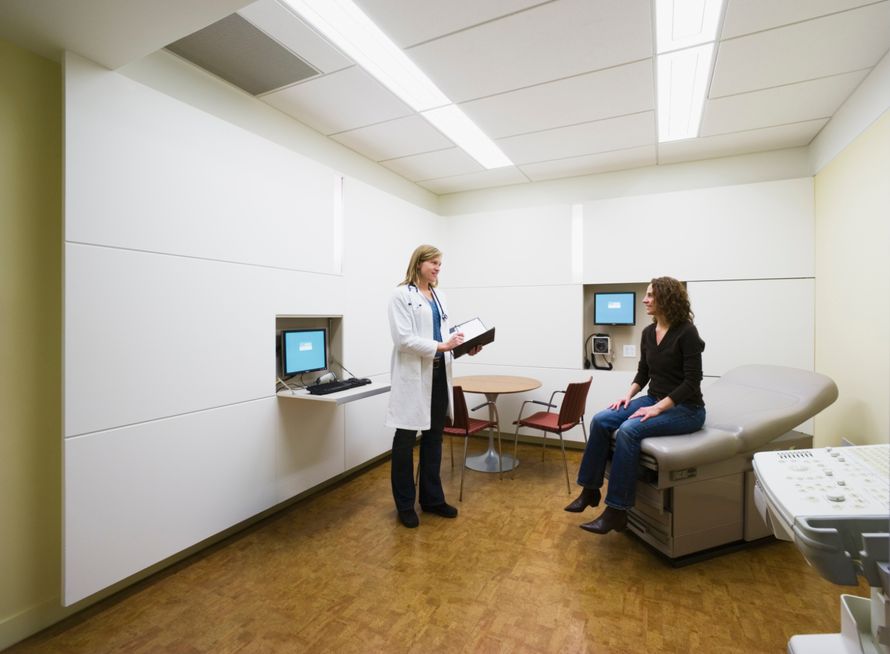
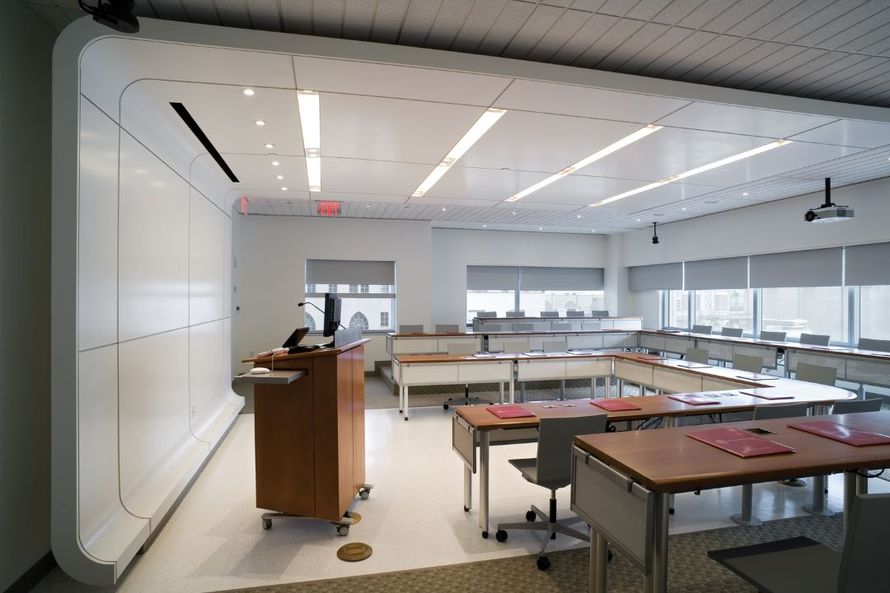
A Catalyst for Learning and Discovery
The building also plays a pivotal role in advancing medical education and research. Designed to meet the needs of contemporary medical schools, it features a state-of-the-art clinical skills center, complete with mock exam rooms, observation areas, and a simulation lab equipped with virtual reality technology. The design fosters scientific collaboration within the center, with spaces like the Institute for Computational Biomedicine (ICB) on the 13th floor. This multidisciplinary space, featuring a computer-assisted virtual environment known as CAVE, enables researchers and clinicians to visualize and explore medical data in three dimensions, driving breakthroughs in clinical therapies.
As one of the first Center for Health Design-designated Pebble Projects in the country, the Weill Greenberg Center was rigorously evaluated for its contribution to evidence-based design, highlighting how the quality of the interior environment impacts healthcare outcomes for the patient and the health system. Research on the design impacts was published in the peer-reviewed Health Environments Research + Design (HERD) Journal.
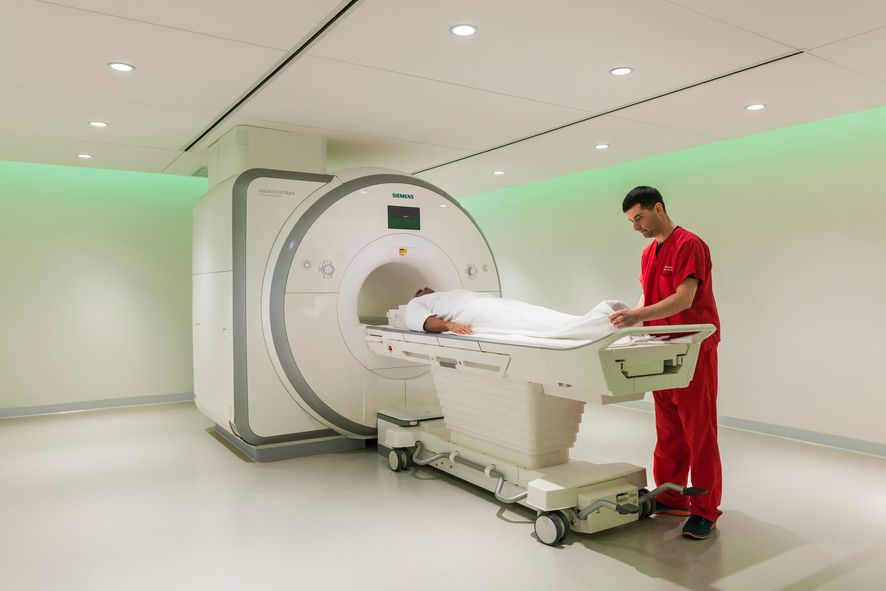
By housing expanding programs, improving clinical practice operations, and supporting Weill Cornell’s academic mission, the Weill Greenberg Center is a model for healthcare excellence.
American Institute of Architects / Academy of Architecture for Health
National Healthcare Design Award
Interior Design Magazine
Best of Year Award: Project Design, Healthcare
International Interior Design Association Philadelphia
Design Award
Modern Healthcare
Award of Excellence
